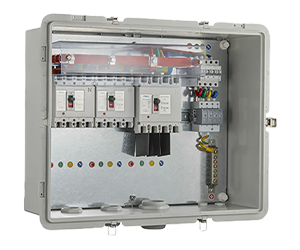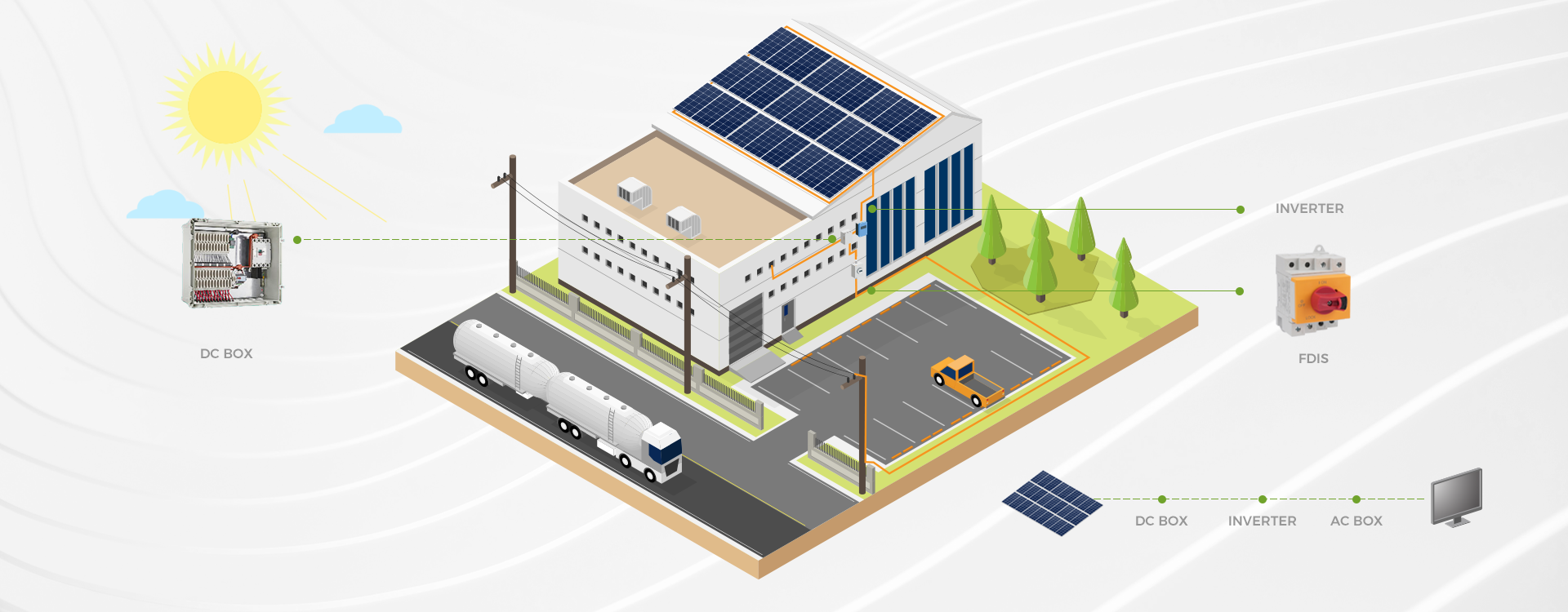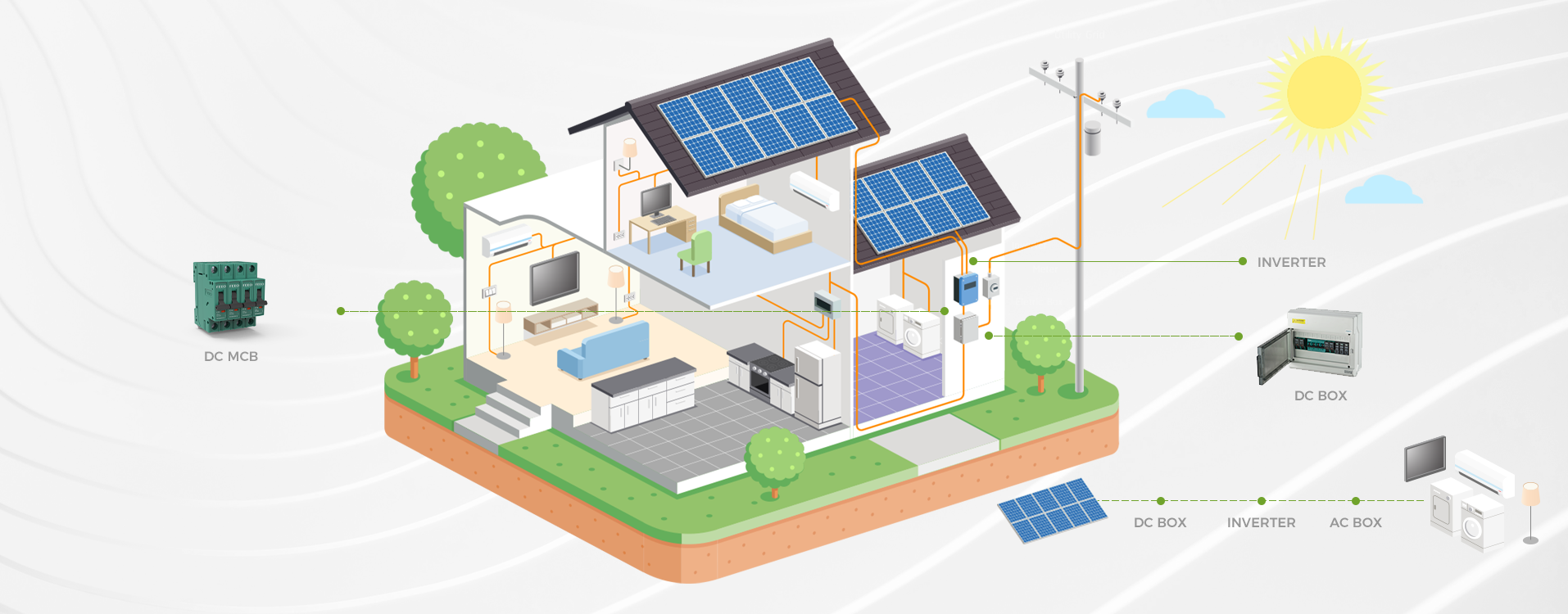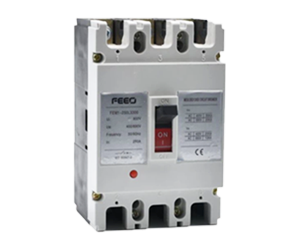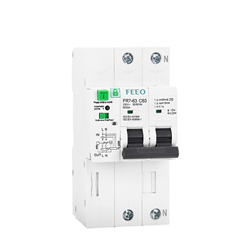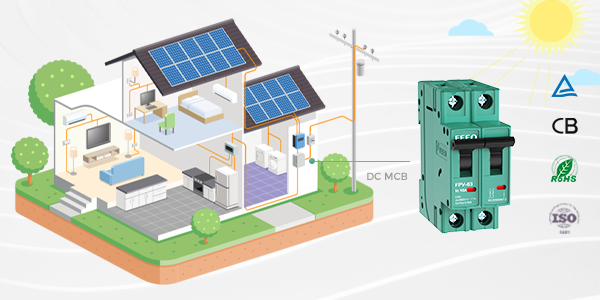The photovoltaic (PV) industry has undergone significant transformations over the past few decades, driven largely by evolving policies and market dynamics. As nations strive for sustainable energy solutions, understanding the interplay between governmental support and market forces in the solar sector is crucial for predicting its future trajectory.
The Evolution of Policy Support
Initially, the growth of the photovoltaic industry was heavily reliant on government initiatives. Early policies focused on research and development funding, aimed at reducing the costs associated with solar technology. Subsidies, tax incentives, and feed-in tariffs were introduced to encourage both manufacturers and consumers to invest in solar power.
For instance, many countries, including Germany and China, implemented aggressive solar policies. Germany’s Renewable Energy Sources Act (EEG) established feed-in tariffs that guaranteed fixed payments for solar energy producers, which attracted significant investment and innovation in the sector. Similarly, China’s government provided substantial subsidies and set ambitious installation targets, positioning the country as a leader in solar production.
Transition to Market-Oriented Development
As the technology matured and costs began to decline, the focus shifted from heavy policy reliance to market-driven growth. The price of solar panels has plummeted over the years, leading to increased competitiveness with traditional energy sources. This price reduction has allowed solar energy to penetrate markets that were previously inaccessible due to high costs.
Countries are now witnessing the emergence of competitive bidding processes for solar projects, encouraging efficiency and innovation. For example, in India, the introduction of reverse auctions has led to record-low tariffs, making solar energy one of the cheapest sources of electricity in the country.
Challenges and Opportunities
Despite the progress, the photovoltaic industry faces several challenges. Grid integration remains a significant hurdle, as energy storage solutions and smart grid technologies are essential for managing the intermittent nature of solar power. Additionally, the industry must navigate regulatory complexities and evolving market conditions that can impact investment stability.
However, these challenges also present opportunities. The demand for renewable energy is expected to rise significantly, driven by global commitments to reduce carbon emissions. Advances in energy storage and smart technology are poised to enhance the reliability of solar power, making it an even more attractive option for both consumers and businesses.
The Future of the PV Industry
Looking ahead, the photovoltaic industry is set to continue its trajectory of growth, fueled by both policy support and market dynamics. As countries implement more stringent climate policies, the demand for clean energy solutions will only increase. This shift will likely encourage further innovation in solar technologies, from more efficient panels to integrated energy management systems.
In conclusion, the journey of the photovoltaic industry from policy-driven growth to a competitive market landscape highlights the importance of both governmental support and market innovation. As we enter this new chapter, the synergy between these elements will be crucial in achieving a sustainable energy future. The photovoltaic sector not only stands as a testament to technological advancement but also as a beacon of hope in the global fight against climate change.












































